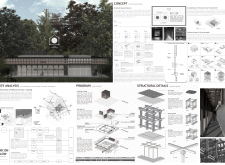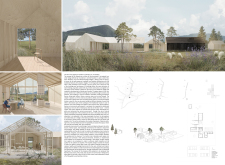Introduction
The Hospice: Home for the Terminally Ill Competition sought conceptual ideas that explore health design innovation. It offered a chance for participants to experiment with architecture as a tool for helping people suffering from diseases and to demonstrate how architecture can offer psychological relief. It is the first in a series of health-related design events, which will be accompanied by other competitions including the Home for the Blind Competition and the Accessible Architecture Essay Competition
The brief requested a space where those facing terminal illnesses can go for respite, recuperation, and receive support in whatever form they may need: a center where patients can visit daily to receive advice, guidance, and companionship while undergoing treatment. The program was to include: a ‘common zone’ with a small library, gathering room, chapel, kitchen, and dining rooms; and a ‘private zone’ containing a nurse’s room and therapy room for psychological support. The intended capacity was for 15 visitors and 5 staff members for daytime care only. There was no defined location, and participants were asked to select a theoretical site from their home country.
Buildner worked with an international jury of innovative architects with experience designing for the program type at hand: Rubén García Rubio and Sonsoles Vela Navarro, architects and co-founders of studioVRA based in Zaragoza, Spain; Arturo Mc Clean, communications manager and architect at Barcelona-based Miralles Tagliabue EMBT which has completed such projects as Kálida Sant Pau Centre in Barcelona – a space of emotional, social, and practical support for cancer patients, part of the Maggie’s Centre Network; Paul Monaghan, director at AHMM in London, which has completed projects including the North London Hospice and Kentish Town Health Centre; Françoise N’Thépé of Paris-based practice FRANÇOISE N’THÉPÉ ARCHITECTURE & DESIGN; Andrew Thurman, who leads the Interior Design program at York St. John University; and Dr Johan van der Zwart, a researcher with a focus on the interaction between technology, people, process, and place.
Buildner received a wide range of submissions from around the world. Those selected by the jury were chosen for their intelligent site locations, focus on human scale, placemaking, and concepts respectful of the delicate moral nature of the program.
Buildner and its jury panel would like to thank all the designers that participated in this competition.
We sincerely thank our jury panel
for their time and expertise
Kristina Loock
Head of Business Development, gmp
Germany

Dr Johan van der Zwart
researcher and an assistant professor at the NTNU Norwegian University of Science and Technology
Norway

Andrew Thurman
York St. John University, Interior Design program
United Kingdom

Françoise N’Thépé
Françoise N'THEPE - Architecture & Design
France

Paul Monaghan
Executive director and Head of Design Studio AHMM
United Kingdom

Rubén García Rubio
Co-founder of studioVRA
Spain

Sonsoles Vela Navarro
Co-founder of studioVRA
Spain

Arturo Mc Clean
Architect at Barcelona based Miralles Tagliabue EMBT
Spain

1st Prize Winner +
BB GREEN AWARD
BB GREEN AWARD
INTO THE GARDEN

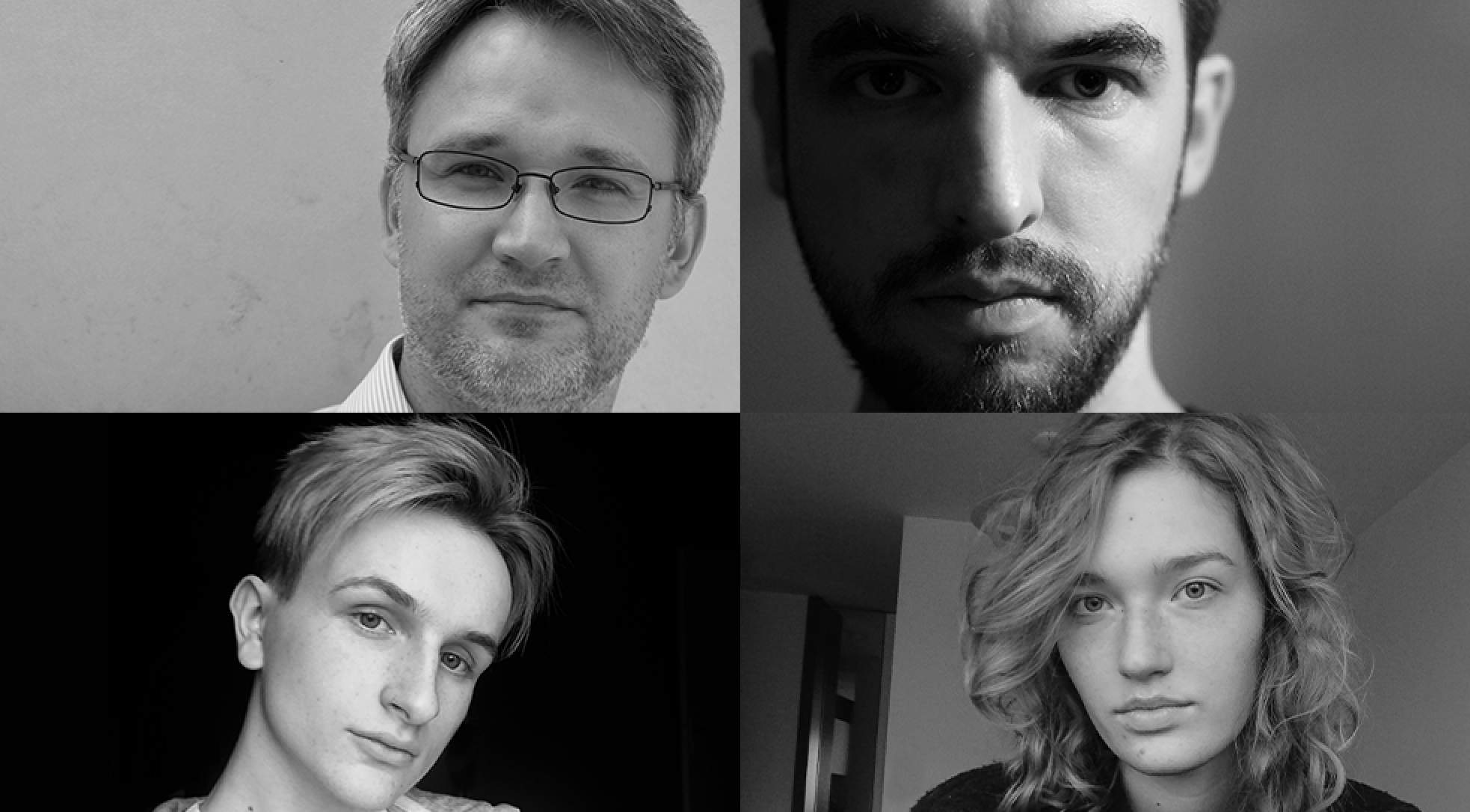
In our opinion, architectural competitions are the best method of selecting a project. Customers can see different approaches to a design task, and so have the opportunity to fully understand what they can get. For designers, they are an opportunity for healthy competition with other participants, strengthening teamwork and stimulating creativity. Participation in the competition is also an opportunity to approach interesting and inspiring topics.
Read full interview Poland
Poland
Jury feedback summary
‘Into the Garden’ offers a natural sanctuary designed to feel like a magical green space under a floating roof. Timber construction wrapped in a translucent membrane, the building glows with the light of the exterior while offering a therapeutic ambiance free from exterior urban audio and visual noises. The jury summarized it as ‘‘a giant conservatory with a beautiful garden below, with rooms surrounding this garden that give a sense of both indoor and outdoor space.
2nd Prize Winner
Nature Interlude - A hospice for the perception of time

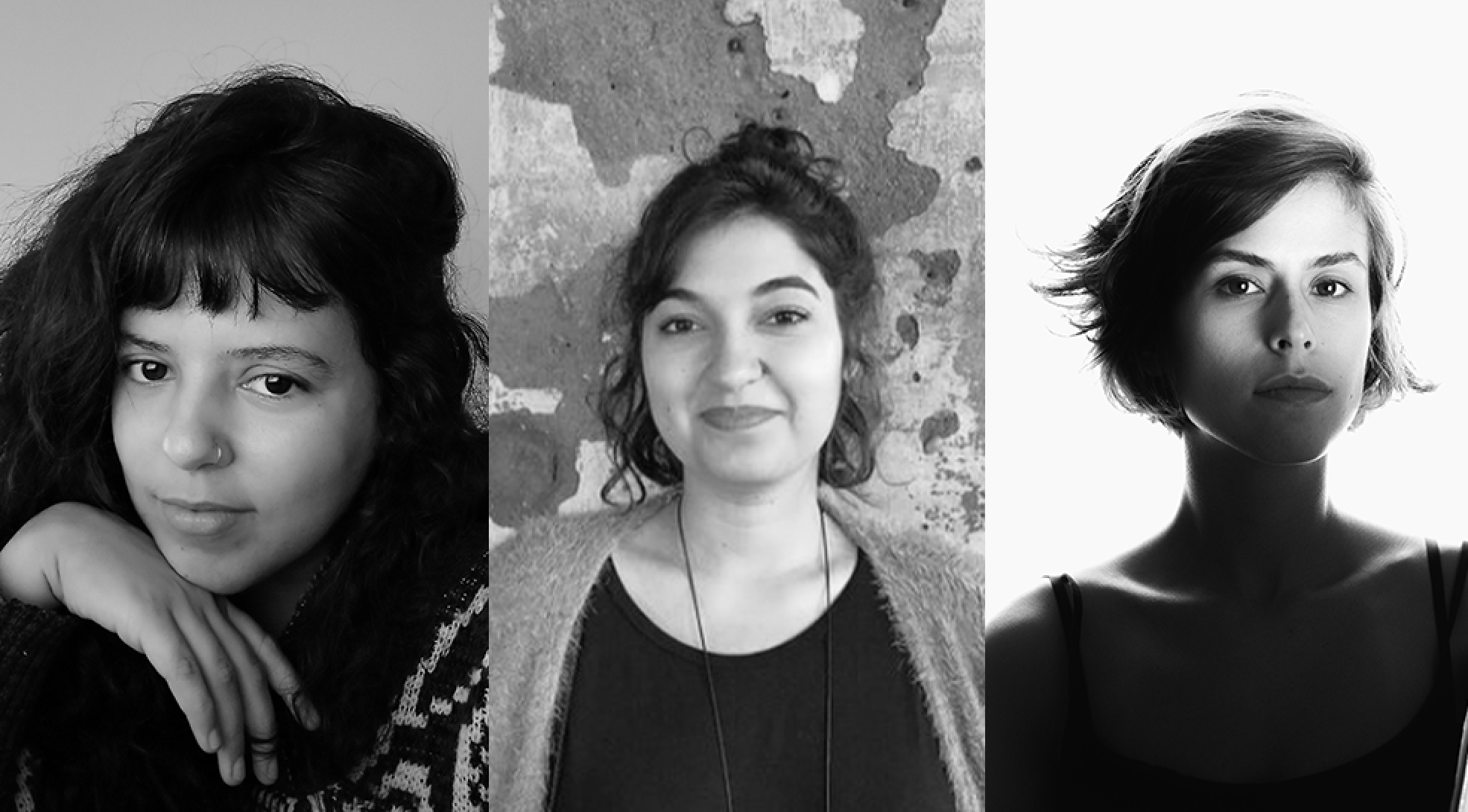
Participating in architecture competitions is the most opportune moment to push ourselves to the limit and explore our creativity. As we can escape the daily dynamics and limits of the profession and choose the people we have affinity to and debate architecture with, it’s a moment of complete freedom to think and create projects that reflect what we think about life in society.
Read full interview Brazil
Brazil
Jury feedback summary
“Nature Interlude: A Hospice for the Perception of Time” attempts to slow things down by integrating a system of modular elements into a green space of art and nature. The project is based on three conceptual points: the hospice as an extension of nature; a system of metrics and modulation; and principles of materiality and sustainable construction.
3rd Prize Winner
Head in the Clouds

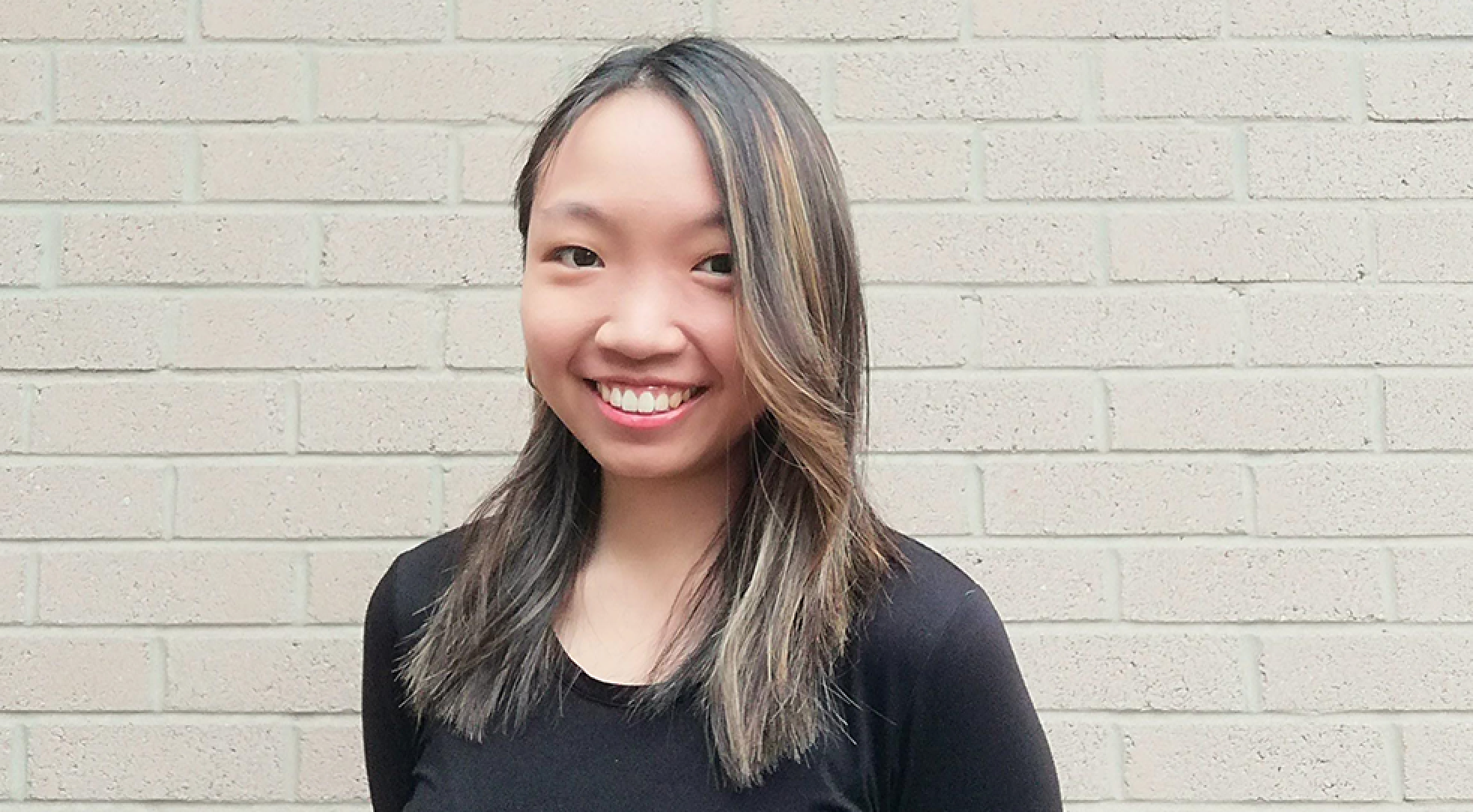
I participate in architecture competitions to step outside my comfort zone. Although I am typically a practical thinker, architecture competitions allow me the freedom to remove myself from the basis of reality to create more radical designs.
Read full interview Canada
Canada
Jury feedback summary
“Head in the Clouds” is a proposal for a children’s hospice at the McMaster Children’s Hospital in Ontario. The project studies principles of confinement and boundaries, breaking from the mould of the typical hospital room typology of four sterile walls and a horizontal ceiling to offer ellipsoid volumes that have no beginning or end. ETFE is proposed to shape these rooms and offer visual translucency among enclosed private and open common spaces.
BB STUDENT AWARD
Green hospice

 Poland
Poland
Honorable mentions
Shortlisted projects
























































